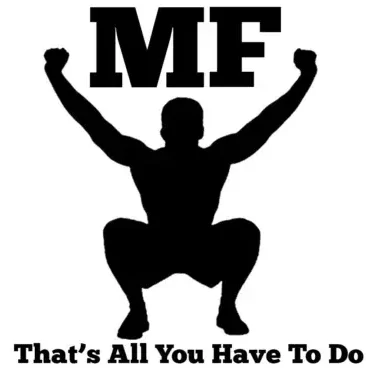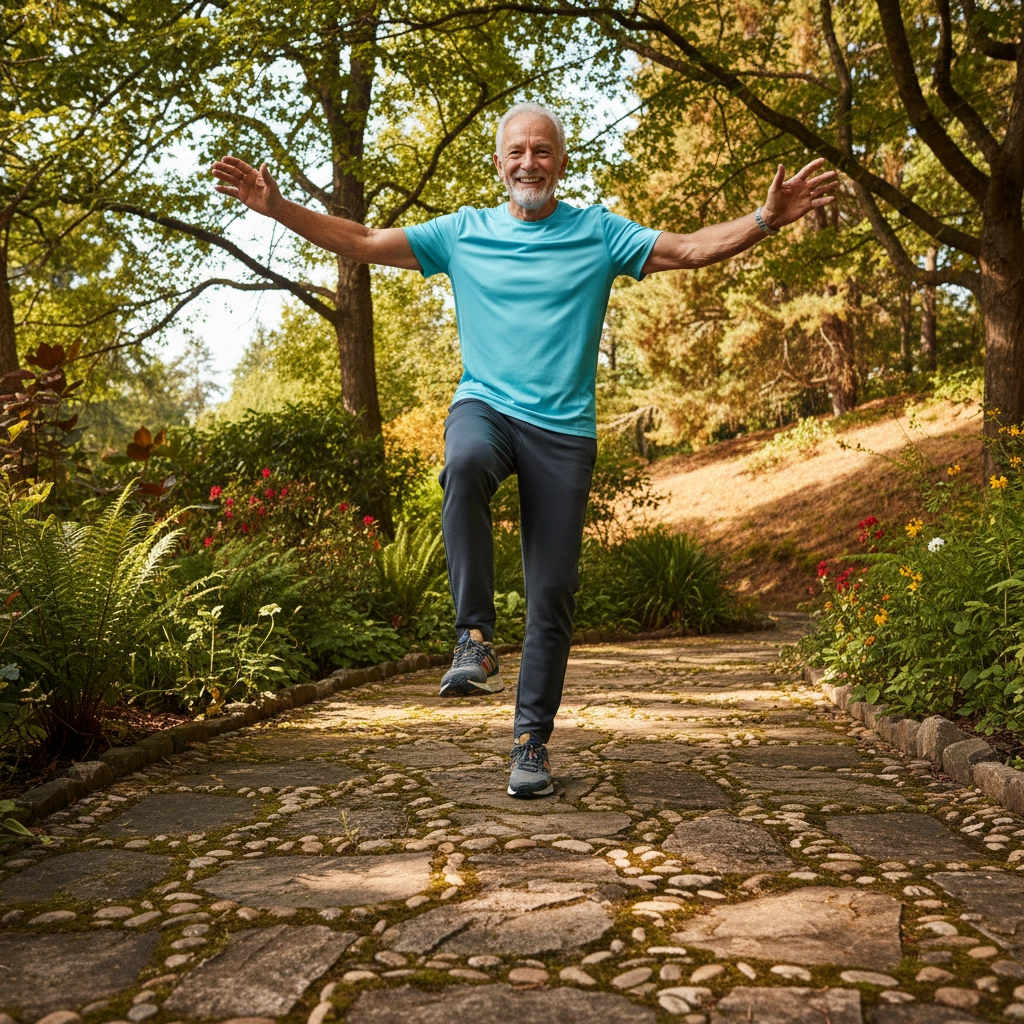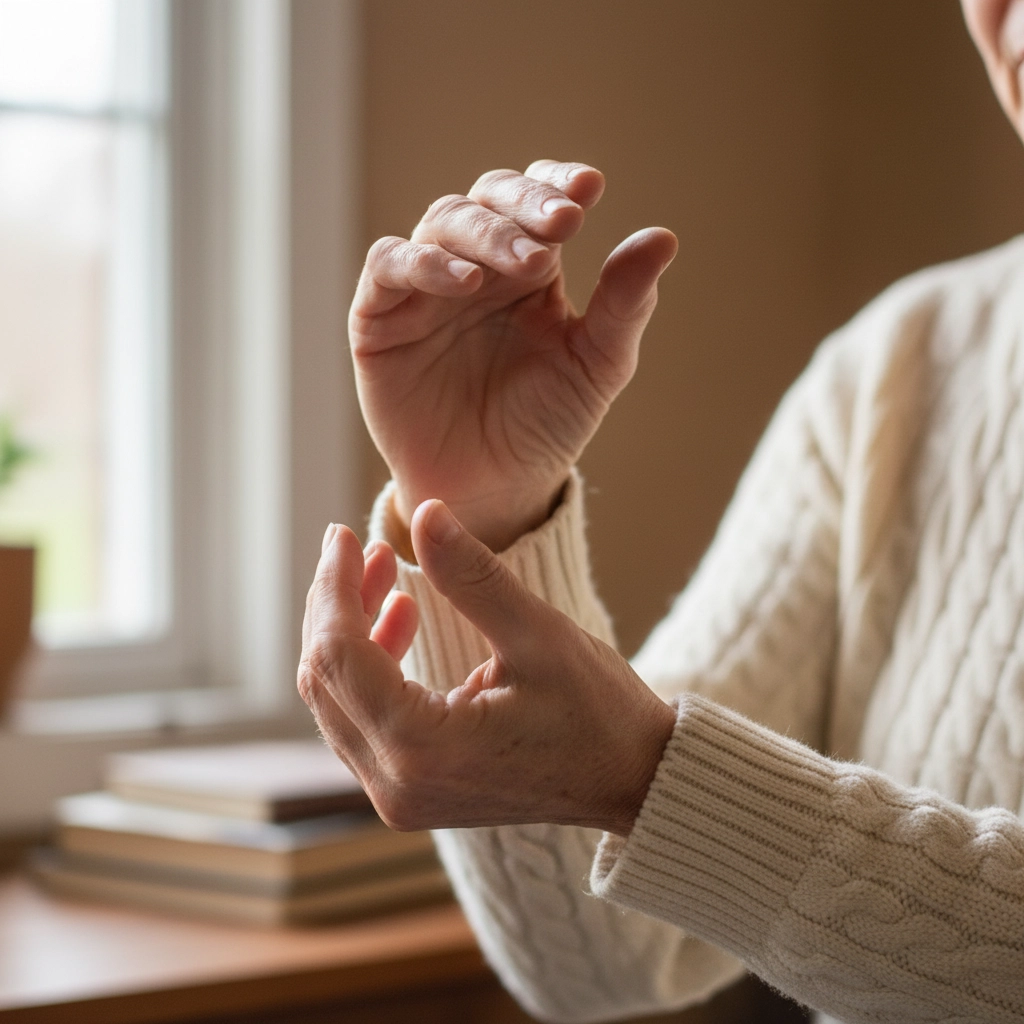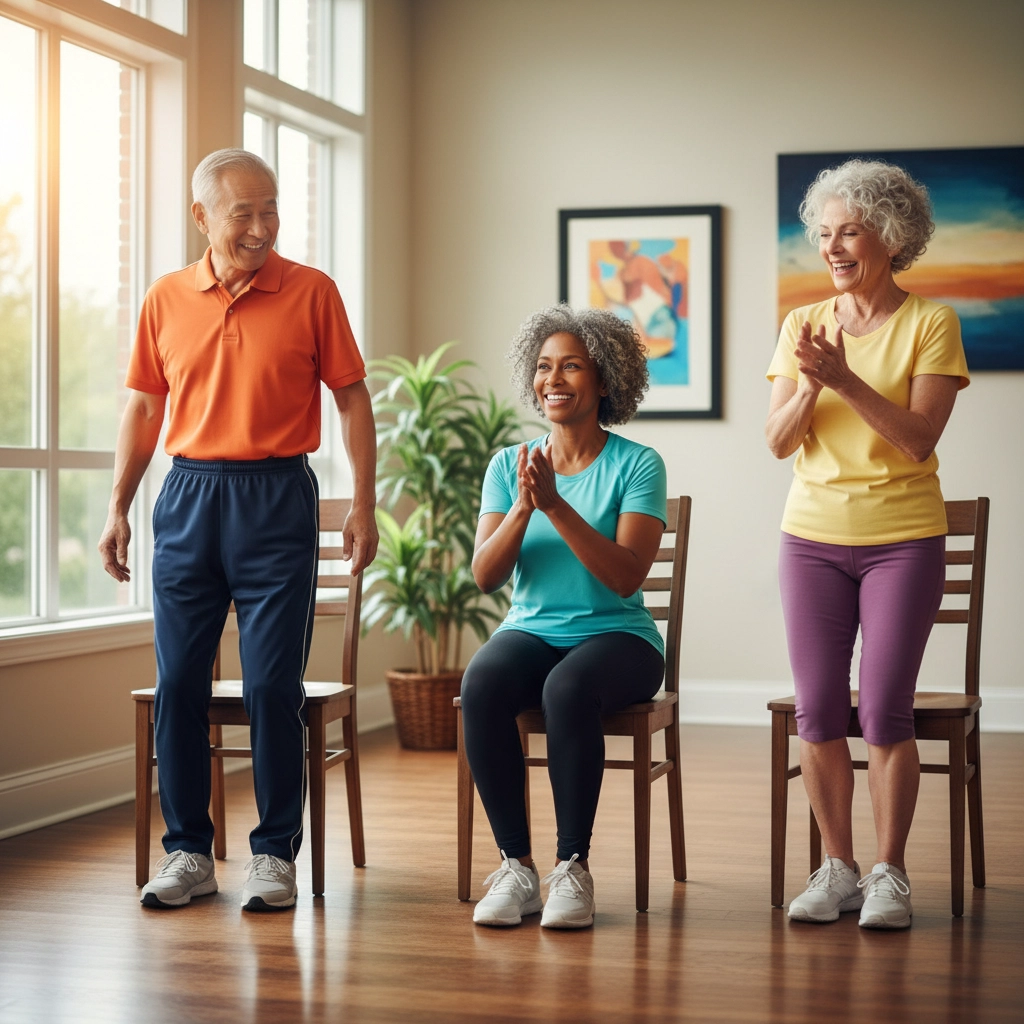If you've ever wondered whether you should focus on stretching or mobility work as you get older, you're not alone. These two terms get thrown around a lot in fitness circles, but they're actually quite different – and understanding that difference could be the key to staying active and independent as you age.
Here's the thing: while both stretching and mobility are important, mobility work offers far greater benefits for older adults. Let's break down why, and more importantly, how you can start incorporating more mobility into your daily routine.
What Exactly Is Stretching?
Stretching is probably what you think of first when someone mentions flexibility. It's the deliberate lengthening of your muscles to improve how far they can extend. Think about touching your toes, holding a calf stretch against a wall, or doing that classic shoulder stretch where you pull your arm across your chest.
Most stretching is static – you get into a position and hold it for 15-30 seconds (or longer). The goal is simple: make your muscles more flexible so your joints can move through a wider range of motion.
And yes, stretching absolutely has its place. It can help reduce muscle tension, improve flexibility, and even feel pretty good after a long day. But here's where it gets interesting – stretching alone isn't enough to keep you moving well as you age.
So What's Mobility?
Mobility is like stretching's more capable older sibling. While stretching focuses on muscle length, mobility is about your ability to move actively through your full range of motion with control, strength, and stability.
Think about the difference this way: flexibility might let you bend your knee, but mobility lets you squat down to pick something up, stand back up without wobbling, and do it all without pain or fear of falling.
Mobility combines several elements:
- Flexibility (like stretching provides)
- Strength within that range of motion
- Balance and coordination
- Joint health and stability
- Movement control
When you work on mobility, you're training your body to not just reach a position, but to move through it safely and powerfully.
Why Mobility Matters More for Older Adults
As we age, our bodies go through some predictable changes. We naturally lose muscle mass (called sarcopenia), our joints can become stiffer, and our balance tends to decline. These changes don't have to rob you of your independence, but they do mean that mobility work becomes increasingly crucial.
Fall Prevention Is Critical
Here's a sobering statistic: one in four Americans over 65 falls each year. Falls are a leading cause of injury in older adults, but here's the good news – mobility exercises that improve balance and coordination can significantly reduce your fall risk.
When you work on mobility, you're improving something called proprioception – basically, your body's ability to sense where it is in space. This helps you stay stable when walking on uneven surfaces, catching yourself if you trip, or simply navigating your home safely.
Static stretching alone won't give you these benefits. You need to train movement patterns that challenge your balance and coordination.
Joint Health and Pain Relief
If you deal with stiff, achy joints (and who doesn't as they get older?), mobility work can be a game-changer. Dynamic movements and controlled joint rotations help promote the production of synovial fluid – the natural lubricant that keeps your joints moving smoothly.
This is especially important if you have arthritis or other joint conditions. While stretching might provide temporary relief, mobility exercises keep your joints actively healthy by moving them through their full range while building the strength to support them.
Functional Independence
This might be the most important point: mobility directly supports your ability to do the things you want and need to do every day. We're talking about:
- Getting up from a chair or toilet without using your arms
- Reaching for items on high shelves
- Bending down to tie your shoes or pick up grandchildren
- Walking up stairs with confidence
- Getting in and out of cars easily
You could have perfectly flexible hamstrings from stretching, but if you lack hip mobility, you might still struggle to get up from a low chair. That's because flexibility without strength and control doesn't translate to real-world function.
The Problem with Stretching Alone
Don't get me wrong – stretching isn't bad. But relying on stretching alone has some significant limitations, especially for older adults.
Stretching doesn't actively improve joint strength, movement control, or the coordination you need for daily activities. You might be able to touch your toes after a good stretch, but that doesn't mean you can bend over to pick up your keys without your back screaming at you later.
Plus, as we age, poor mobility can create compensatory movement patterns. Your body starts moving in wonky ways to work around stiff or weak areas, which can put extra stress on your lower back, knees, and other vulnerable spots. Stretching alone typically won't fix these complex movement issues.
Practical Mobility Tips You Can Start Today
Ready to start prioritizing mobility? Here are some simple ways to get started:
Start Your Day with Movement
Instead of static stretches first thing in the morning, try gentle movements that take your joints through their range of motion. Shoulder rolls, gentle spinal twists while seated, or marching in place can wake up your body more effectively than holding stretches.
Focus on Functional Patterns
Practice movements you actually need to do in daily life:
- Chair rises: Practice sitting down and standing up without using your hands
- Reach and carry: Practice reaching in different directions while maintaining your balance
- Step-ups: Use a sturdy step or curb to practice stepping up and down
- Walking patterns: Practice walking sideways or backwards (safely, holding onto something if needed)
Make It Progressive
Start with small movements and gradually increase the challenge. If you're working on squatting, start by sitting down and standing up from a higher surface, then gradually work toward lower surfaces as you get stronger.
Think Three-Dimensionally
Your body moves in all directions, not just forward and back. Include movements that involve:
- Rotation (turning your torso)
- Side-bending
- Reaching across your body
- Multi-directional stepping
The Best of Both Worlds
Here's the thing – you don't have to choose between stretching and mobility work. The most effective approach combines both, but with mobility taking the starring role.
You might do some gentle stretches to maintain basic flexibility, but spend more time on mobility exercises that challenge your strength, balance, and coordination within those ranges of motion.
Consider activities like:
- Tai Chi or Qigong: Combines gentle stretching with balance and coordination
- Yoga: Especially styles that emphasize controlled movement and strength
- Water exercises: The buoyancy reduces stress on joints while allowing full range of motion
- Balance training: Simple exercises that challenge your stability
Getting Professional Guidance
While you can start incorporating mobility work on your own, working with a fitness professional who understands the unique needs of older adults can accelerate your progress and ensure you're moving safely.
Look for trainers who specialize in functional movement, fall prevention, or senior fitness. They can assess your current mobility, identify areas that need attention, and design a program that fits your goals and abilities.
Your Next Steps
The beauty of mobility work is that you can start right where you are. You don't need perfect flexibility or strength to begin – mobility training meets you where you are and helps you improve from there.
Start small. Pick one or two functional movements and practice them regularly. Pay attention to how your body feels and moves. Celebrate the small victories – being able to get up from a chair more easily or reaching for something without discomfort are huge wins.
Remember, the goal isn't to become a contortionist. It's to maintain and improve your ability to move through life with confidence, strength, and independence. When you prioritize mobility over stretching alone, you're investing in your future self – and that's something worth moving for.
Your body has carried you this far, and with the right approach to mobility, it can continue to serve you well for years to come. The key is understanding that flexibility without function isn't enough – but mobility with purpose can transform how you move through your daily life.





